Need Cab?: Call: +91-9873171317

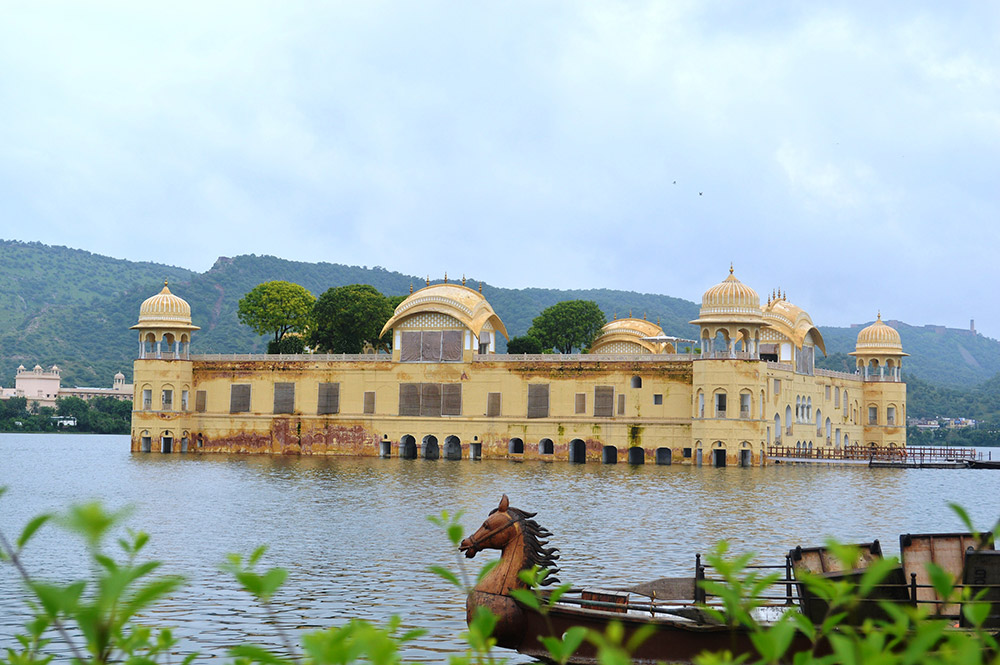
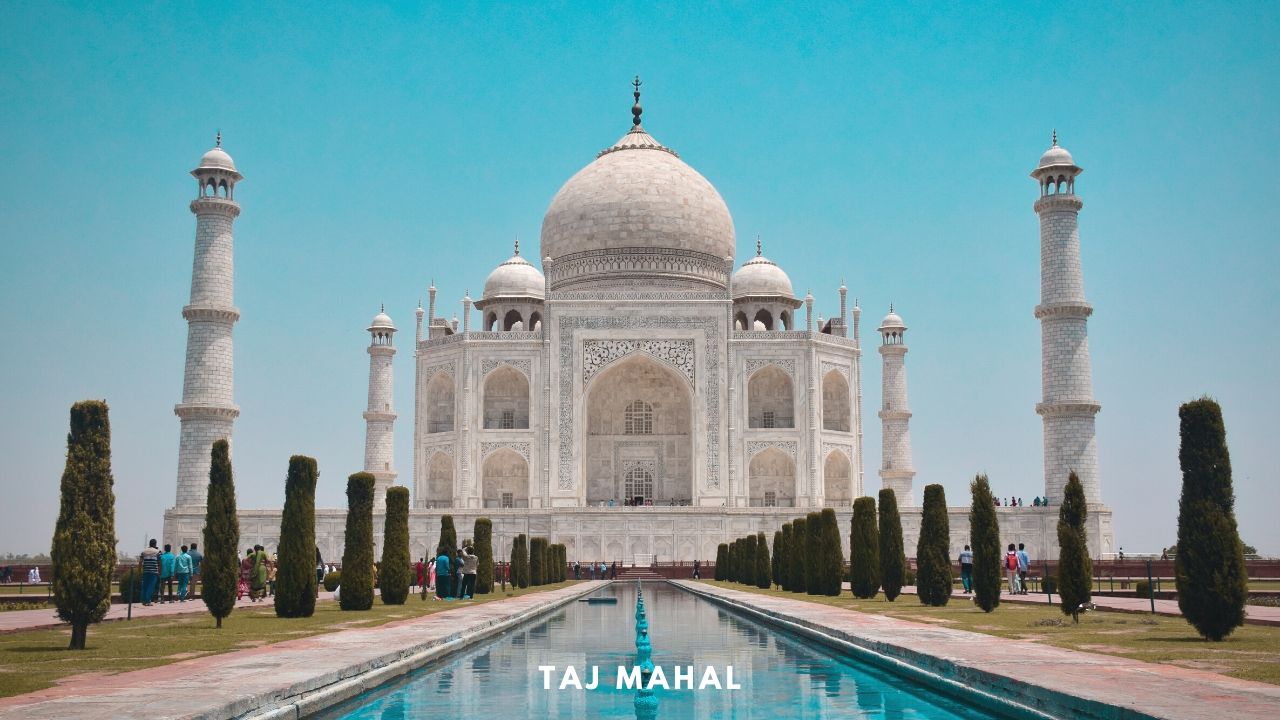
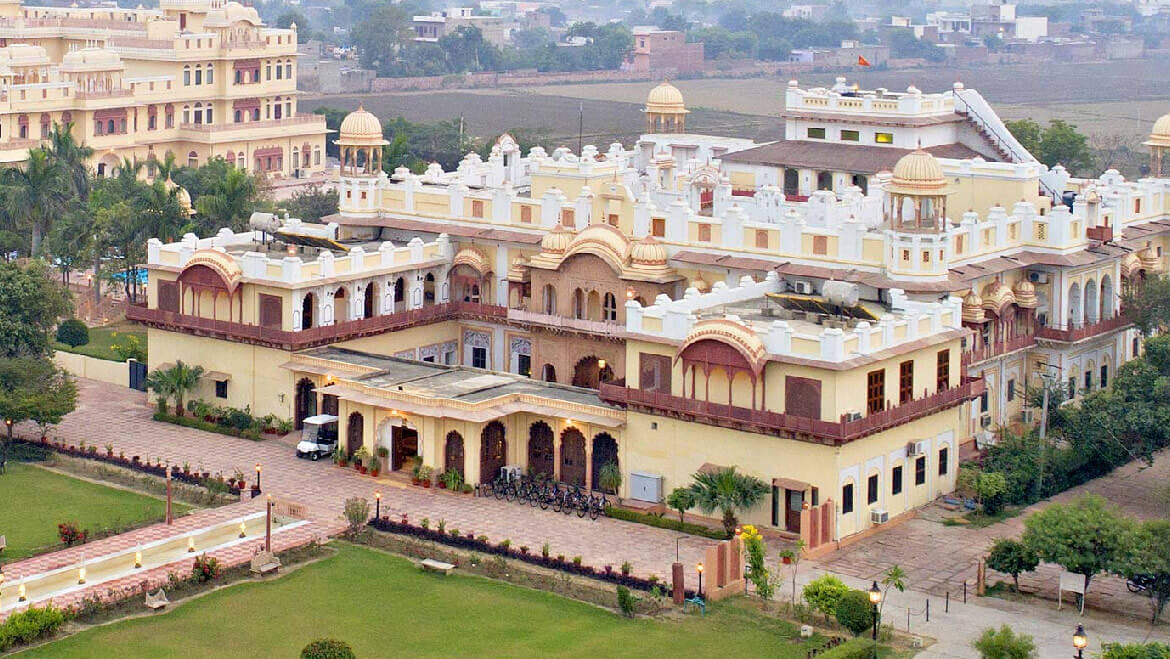
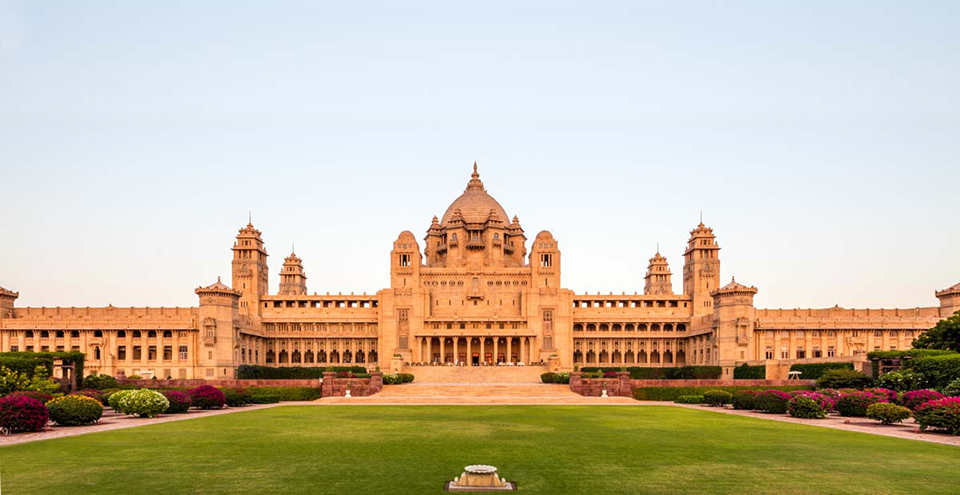

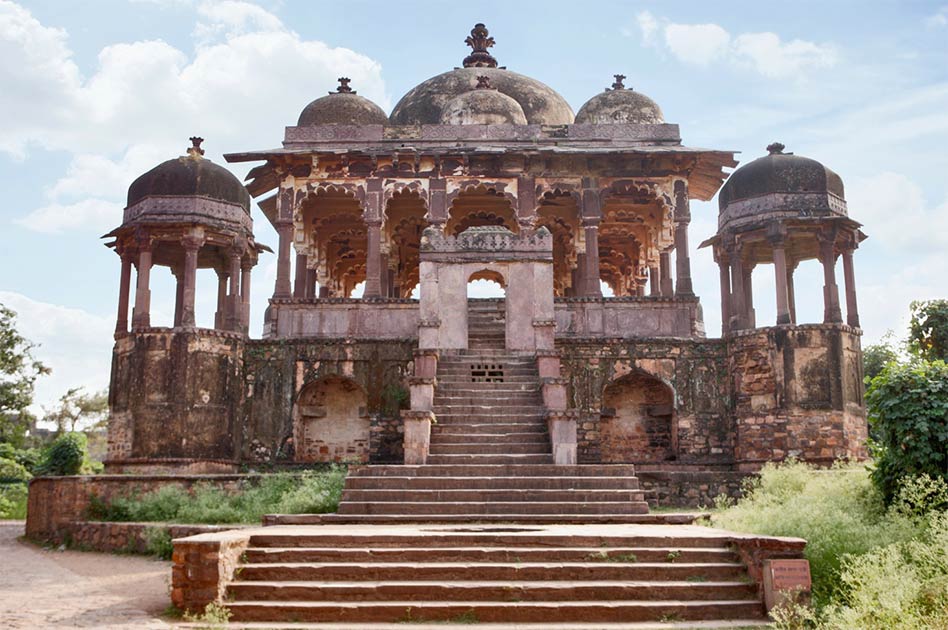
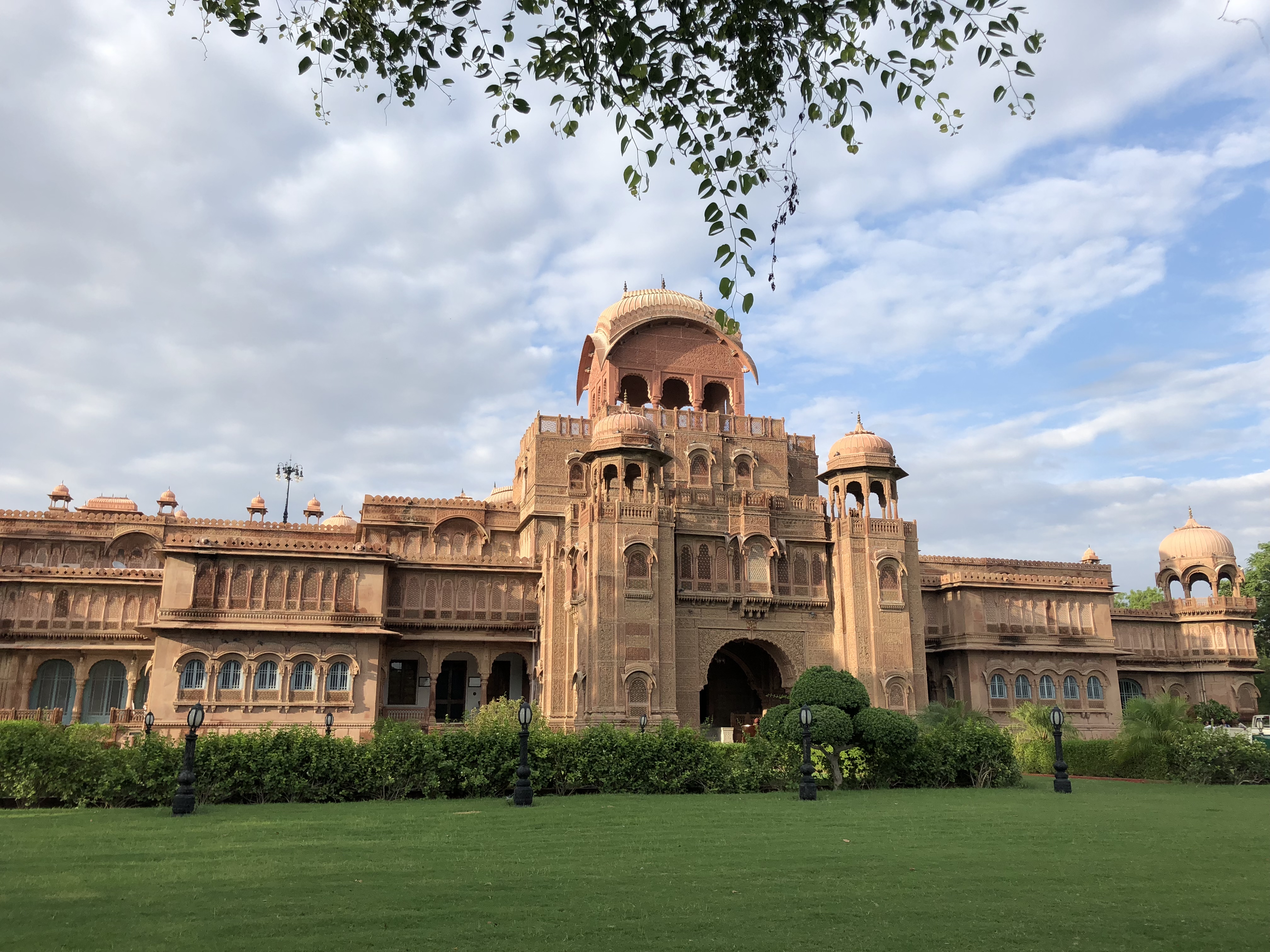
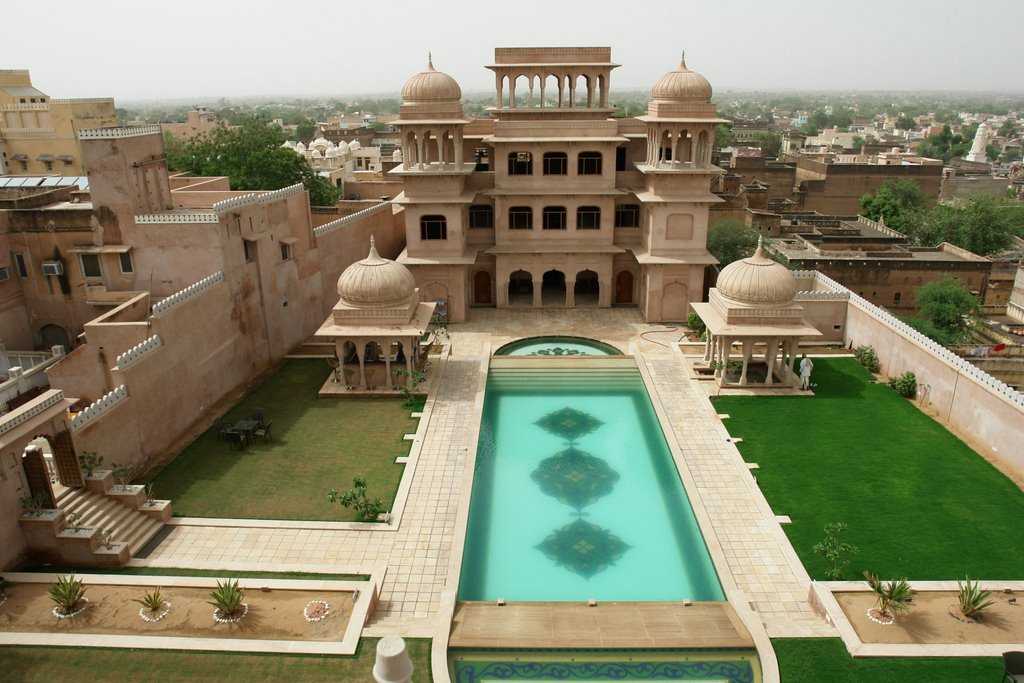
Highlights
- Tour Highlights:
Red Fort, Jama Masjid, Qutaub Minar and other monuments in New Delhi. - Evening sound and light show at Red Fort in Delhi
- Morning visit to Taj Mahal, Agra
- Bird Sanctuary Bharatpur
- Tiger Reserve in Ranthmbhore
- Enjoy an elephant ride at Amber Fort in Jaipur
- Mewar Culture, Deogarh Mahal
- Halt at Ranakpur Jain temple, en-route Udaipur
- Visit City Palace and Saheliyon Ki Bari during Udaipur sightseeing
- Explore Junagarh Fort in Bikaner
- Camel ride at Sam Sand dunes of Jaisalmer
- Guided tours of Jaisalmer Forts, one of the largest forts in the world
- Visit beautiful painted havelis of Mandawa
Itinerary
Company representatives will receive you on arrival at the international airport. Transfer to your hotel. Relax.
Breakfast will be at Delhi. After breakfast proceed for a day sightseeing tour of the city. Start with the sightseeing of Old Delhi. The tour will begin with a visit to Raj Ghat, a simple memorial to Mahatma Gandhi; drive past the Red Fort continuing to the Jama Masjid by bicycle rickshaws, one of Asia's largest mosques. The magnificent Red Fort, overlooking the river Jamuna was built during the years 1638 - 48 when the Moghul Empire was at its peak. The tour continues to Jama Masjid, one of Asia's largest mosques and which is viewed from the outside. People stream in and out of the mosque continuously and the presence of a nearby bazaar means that the area is rarely quiet. Enjoy the rickshaw ride at Old Delhi. After visiting Old Delhi, you will be driven to New Delhi, which reflects the legacy the British left behind. The division between New and Old Delhi is the division between the capitals of the British and the Mughals respectively. The division in the walled city and New Delhi also marks the division in the life-styles. The walled city is all tradition where one will be able to glean a past life-style in all its facets, colours and spells. New Delhi in contrast, is a city trying to live up to the best of 21st century standards. Imperial Delhi will include the Qutub Minar, the tallest stone tower in India. The tour also includes a drive past the imposing India Gate, the Parliament building and the Rastrapathi Bhawan, the President's residence. In the evening you will proceed for the DANCES OF INDIA SHOW. Overnight will be at Delhi.
Proceed for Agra in the morning after breakfast. Reach and check in at hotel. AGRA: Two great Mughal monarchs, Akbar and Shah Jahan, transformed the little village of Agra into a befitting second capital of the Mughal Empire - giving it the name Dar-ul-Khilafat {seat of the Emperor}. Today a visitor to Agra is caught up in a world of contrasting edifices, of red sandstone andwhite marble, narrow galleys and quaint buggies, and that irresistible charm that this favorite city of the Mughals still retains. It is not surprising, that modern Agra still reflects its Mughal heritage most conspicuously. A walk down the narrow bustling streets of the city will introduce the visitor to the wafting aroma of Mughlai cuisine. Proceed for sightseeing of the MOGHUL CITY. TAJ MAHAL: Little needs to be said about this architectural wonder which is always the soul raison-de-etre for every tourist's visit to Agra. Built by Shah Jahan, the Taj is a white marble memorial to his beautiful wife Mumtaz Mahal. This monument took 22 years to be completed and was designed, and planned by Persian architect Ustad Isa. Apart fromits stunning design balance and perfect symmetry, the Taj is also noted particularly for its elegant domes, intricately carved screens and some of the best inlay work ever seen. Proceed for sightseeing to the AGRA FORT - Built by the famed Mughal emperor Akbar in 1565 AD, the fort is predominantly of red sandstone. Ensconced within is the picture perfect Pearl Mosque, which is a major tourist attraction. Visit Itmadullah's Tomb built by Empress NOOR JEHAN in memory of her father (The interiors of which are considered better than the Taj). Overnight will be at Agra.
Breakfast will be at the hotel. Drive to Fatehpur Sikri. The deserted, red Sandstone City, Emperor Akbar built that as his capital and palace in the late 16th century is an exhilarating experience. It a veritable fairytale city and its "ruins" are in pristine condition ... it's not hard to imagine what the court life must have been like in the days of its grandeur. Also visit the Bulund Darwaza, the largest gateway in the world. Drive till Bharatpur and take train to Ranthambhore. Ranthambhore Tiger Reserve, at the junction of the Aravalis and the Vindhyas, is a unique example of natural and historical richness, standing out conspicuously in the vast, arid and denuded tract of eastern Rajasthan, barely 14 kilometers from Sawai Madhopur. Get in tune with nature for a luxury holiday in the heart of the jungle. Most of the resorts are close to the National Park Gate, Tiger Den being the closest. It spreads over a highly undulating topography varying from gentle to steep slopes; from flat topped hills of the Vindhyas to the conical hillocks and sharp ridges of the Aravalis, from wide and flat valleys to narrow rocky gorges. An important geological feature the 'Great Boundary Fault' where the Vindhya plateaus meet the Aravali Hill range meanders through the Reserve. The National Park is bound by the rivers Chambal in the south and Banas in the north. Tiger, at the apex of the food chain, lord over the kingdom in a subtle way. Solitary by nature, it operates in stealth. Therefore tiger sightings, frequent as they are, are always a matter of chance. However, even evidences of tiger's activities are very exciting. Reach and in the evening retire early. Overnight will be at the resort.
Wake up early morning and leave for your safari into the National Park. Track the tigers and other wildlife through the morning. Return to the resort / lodge by 1000 in the morning and have breakfast. Freshen up and either spend time at the pool or visit the town. You could also go for a nice visit to the temple on top of the fort. In the afternoon have lunch and then leave again for you afternoon safari. The safari will be till evening 1700 - 1800 hr and then return to the resort / lodge. Dinner will be at the resort and retire early for the night. Overnight will be at Ranthambhore.
Enjoy the morning safari at the park. Drive to jaipur after breakfast and reach by afternoon. Check in at hotel and have lunch. Jaipur is the capital of the state of Rajasthan a romantic realm of resplendent palaces, mighty fortresses and regal Maharajahs that lies in the western deserts and is an utterly unique part of India. Proudly belonging to the KSHATRIYA warrior caste and fiercely independent, the Rajput princes made fearsome foes. However, many of them realized that to maintain their wealth and authority locally, it was expedient to proclaim allegiance to the central power. Thus, many enjoyed a privileged position under the Mughal emperors and also the British Raj that followed. The bustling Rajasthan capital of Jaipur takes its name from its venerated founder Jai Singh II, who was given the title Sawai Maharaja by the Mughal. Literally translated this would mean 'one and a quarter', suggesting that the Mughal thought this emperor to be more valuable than just 'one'. Jaipur is known as the 'Pink City' on account of the distinctive colour of its buildings. This did not, however, form part of the original plan, but dates back to 1856, when the city was given a wash of pink in honor of a State Visit from Prince Albert. This evening, visit the Birla Temple to learn more about the fascinating religious life of Jaipur. The marble structure, built as recently as 1985, houses ornate statues including one of Lakshmi (goddess of Wealth and Beauty) and Narayan dressed in gaudy robes, representing a Hindu vision of heavenly luxury. Carvings in the temple and on pillars supporting the covered walkways include images of the Hindu pantheon, as well as Jesus, the Blessed Virgin Mary and St Francis of Assisi. Your visit will coincide with the AARTI Ceremony, which involves oil lamps being lit and waved, in order to awake and invoke the deity. Enjoy the experience and spend night at Jaipur. Overnight will be in Jaipur.
Breakfast will be at hotel. Proceed for excursion to Amber Fort in the outskirts of Jaipur. Elephant ride ascent to the fort. AMBER FORT PALACE - Amber is the classic romantic Rajasthani fort palace. Its construction was started by Man Singh I in 1592, and completed by his descendent Jai Singh I. Its forbidding exterior belies an inner paradise where a beautiful fusion of Mughal and Hindu styles finds its ultimate expression. Proceed for sightseeing of the city. CITY PALACE - A delightful blend of Mughal and traditional Rajasthani architecture, the City Palace sprawls over one-seventh of the area in the walled city. It houses the Chandra Mahal, Shri Govind Dev Temple and the City Palace Museum. JANTAR MANTAR - This is the largest and the best preserved of the five observatories built by Jai Singh II in different parts of the country. This observatory consisting of outsized astronomical instruments is still in use. HAWA MAHAL - The ornamental facade of this "Palace of Winds" is a prominent landmark in Jaipur. It is a five-storey structure of sandstone plastered pink encrusted with fine trelliswork and elaborate balconies. The palace has 953 niches and windows. Built in 1799 by Pratap Singh, the Mahal was a royal grandstand for the palace women. Overnight will be at Jaipur.
In the morning drive to Deogarh after breakfast through the heart of Rajasthan. Deogarh lies on the borders of Mewar, Marwar and Merwara, about 80 miles north-east of Udaipur. Its chieftain known as 'The Rawat' was one of sixteen umraos (feudal barons) privileged to wait upon the Maharana of Udaipur, the capital of Mewar. Such feudal estates, called thikanas were granted by the ruling Maharana to a nobleman either due to blood relationship or for an act of bravery. Deogarh is also renowned as a school of miniature painting. Some Deogarh miniatures adorn the personal collection of the present Rawat Sahib. Frescoes of this art form can also be seen on the fort walls. The Mahal also has some exciting rooms to browse through - Sheesh Mahal - the colourful hall of mirrors, is just one of them. Deogarh Mahal is an imposing structure built in the 17th century. It stands atop a hill and offers a commanding view of the Aravalli mountain range and the numerous lakes, strewn across the countryside. With its old battlements, domes, turrets, jharokhas and huge gateways, it is a picturesque sight from the town below. At a height of about 2100 ft above sea level, it is cooler than surrounding Rajasthan. Built in 1670 A.D. by Rawat Dwarka Dasji as a family residence, it soon became the hub of village activity. The family interacted with the villagers and invited a host of feasts and festivities to be performed within the Mahal precincts. Some of these traditions are still practiced. And the gates, that always remained closed, to ward off enemies, are now open to the guests. Deogarh Mahal was converted into a hotel about 3 years ago, by the present owner Rawal-Nahar Singh. A part of the Mahal is still occupied by his kin. The family is closely associated with the hotel and personally supervises and monitors the on goings. The care is reflected in the minutest details which have made Deogarh a benchmark of Heritage Hospitality in Rajasthan. Enjoy your day walking the town and meeting the villagers. Overnight will be at the DEOGARH MAHAL.
Breakfast will be at the palace. Proceed for sightseeing of the place around the town. ANJANESHWAR MAHADEV: It is an extraordinary cave temple believed to be 2,000 years old. This ruined temple is situated on an island in the Raghosagar Lake. GOKAL VILAS: This magnificent palace situated over a hillock is the home of the present Rawat. Set in a picturesque locale around Raghosagar Lake, the palace is around 200 years old. Enjoy a toy train ride and drive to Udaipur. Reach and check in at hotel. The city of Dawn, Udaipur is a lovely land around the azure lake, hemmed in by the lush hills of the ARAVALLIS. A vision in white drenched in romance and beauty, Udaipur is a fascinating blend of sights, sound and experiences and inspiration for the imagination of poets, painters and writers. Its kaleidoscope of fairy-tale palaces, lakes, temples, gardens and narrow lanes strewn with stalls, carry the flavor of a heroic past, epitomizing valor and chivalry. Their reflection in the placid waters of the LAKE PICHOLA is an enticing sight. Udaipur is the jewel of MEWAR -a kingdom ruled by the SISODIA dynasty for 1200 Years. Relax in the evening and spend night at Udaipur.
Breakfast will be at hotel. Proceed for sightseeing tour of Udaipur, stopping first at City Palace. Here you will marvel at rooms with mirrored walls and ivory doors, colored glass windows and inlaid marble balconies and the Peacock Courtyard. Also visit the lovely Sahelion-ki-Bari Gardens, the Jagdish Temple and the local folk Museum. Proceed for Evening Motor launch cruise on the placid waters of Lake Pichola. From the boat you will be able to view the city of Udaipur as it rises majestically above the lake in the middle of the Rajasthan desert. Also visit the Jag Mandir Palace - the other island palace in the middle of the lake. Spend some time at the Jag Mandir Palace. Overnight will be at Udaipur.
Start for Jodhpur after breakfast. En-route, visit the RANAKPUR TEMPLES, dating back to the 15th century. 200 pillars, none of which are alike, support its 29 halls. The Temple abounds with intricate friezes and sculptures. Includes visits to two more Jain temples and the Temple of the Sun God with its erotic sculptures. Continue drive to Jodhpur and reach by evening. Set at the edge of the Thar Desert, the imperial city of Jodhpur echoes with tales of antiquity in the emptiness of the desert. Once the capital of the Marwar state, it was founded in 1459 AD by Rao Jodha-chief of the Rathore clan of Rajputs who claimed to be descendants of Rama - the epic hero of the Ramayana. The massive 15th century AD Mehrangarh Fort looms on the top of a rocky hill, soaring 125 Mts. Above the plains. The city is encompassed by a high wall - 10 km long with 8 gates and innumerable bastions. Overnight will be at Jodhpur.
Breakfast will be at hotel. Morning sightseeing tour of Jodhpur - gateway to the desert beyond, home of the Rathors of Marwar, visit the Mehrangarh Fort, rising up a hilly scarp, built on the advice of a hermit, overlooking the city in the image of a long sentinel. Inside the Fort are a number of palaces added by successive rulers. In this palace you would see different miniature paintings & cradle room. After this you would visit Jaswant Thada Memorial. Relax at the beautiful PALACE HOTEL and overnight will be at the palace.
Proceed for Jaisalmer after breakfast. Rising from the heart of the Thar Desert like a golden mirage is the city of Jaisalmer. A commanding fort etched in yellow sandstone stands, with its awesome splendor, dominating the amber-hued city. The city has an interesting legend associated with it, according to which, Lord Krishna-the head of the Yadav Clan, foretold Arjuna that a remote descendent of the Yadav Clan would build his kingdom atop the Trikuta Hill. His prophecy was fulfilled in 1156 AD when Rawal Jaisal, a descendent of the Yadav Clan and a Bhatti Rajput, abandoned his fort at Lodurva and founded a new capital -Jaisalmer, perched on the Trikuta Hill. Reach and check in at hotel. Overnight will be at Jaisalmer.
After a relaxed breakfast proceed for full day sightseeing tour of The Golden City - Jaisalmer. It is in the heart of the Great Indian Desert. Its temple, fort and palaces are all built of yellow stone. The city is a mass of intricately carved buildings, facades and elaborate balconies. Visit the JAISALMER FORT - The oldest living Fort in the world. (This is the highlight of the tour) See the Patwon-Ki-Havelies, Salim-Singh-Ki-Haveli and Gandhi Sagar Tank. Also visit Barabagh Hill. Enjoy a short camel ride (optional if you want) at sunset and then check in at your deluxe tented camp in the desert. View the sunset from the dunes, as the sky is set on fire. Return to the village for dinner amidst Rajasthani musicians playing haunting tunes. Return back to the hotel and overnight will be at Jaisalmer.
Breakfast will be at the hotel and then start for Bikaner. Check in at hotel. BIKANER - The royal fortified city with a timeless appeal. Lying in the north of the Desert State, the city is dotted with many sand dunes. Bikaner retains the medieval splendor that pervades the city's lifestyle. More popularly called the camel country, the city is renowned for the best riding camels in the world. The ship of the desert is an inseparable part of life here. Be it pulling heavy carts, transporting grains or working on wells, camels are the prime helpers. The wells of Bikaner - an important source of water are other attractions of the city. These are built on high plinths with slender minareted towers on each of the Four Corners and can be noticed even from a distance. Relax in the evening. Overnight will be at Bikaner.
Proceed for sightseeing tour of Bikaner after breakfast. Rao Bikaji, a descendant of Jodhaji - the founder of Jodhpur, founded this desert town in the North of the state in 1488. Visit the Junagarh Fort, constructed between 1588 and 1593 by Raja Jai Singh, a general in the Moghul Emperor Akbar's army. The city is also called the "Camel Country". Visit the camel-breeding farm - the only one in Asia. Visit the KARNI MATA TEMPLE. Proceed for Mandawa. The medieval Fort of Mandawa gradually rises on the horizon like a mirage. A breathtaking view of the town can be seen from the terrace of Castle Mandawa. Precious collection of arms with jade handles, traditional ceremonial costumes can be seen at the Museum at the Castle. The havelies worth a visit are Chokhani, Saraf, Goenka and Ladia in this town. It was built in 1775 by Thakur Nawal Singh, descendant of Rao Shekhaji, who also founded the city of Nawalgarh. The Castle, now a 51 room hotel has no two rooms alike. It also houses an interesting collection of paintings, jade, costumes and antiques. The courtyard and the terrace come to live during evenings with candle-lit dinners and fire-dances during the season. It is a two hundred and forty year old fortress, which has been converted by the family into a fine example of traditional hospitality. Reach and check in at hotel. Overnight will be at Mandawa.
Breakfast will be at hotel. Take a walking tour of the painted 'havelis' of some of the leading business families of the country. Though they no longer live here, the local caretakers are happy to show the visitors around. Chowkhani Haveli, Gulab Rai Ladia Haveli, Lakshminarayan Ladia Haveli, Mohahanlal Saraf Haveli and Bhagchandika Haveli are of special interest. Spend the major part of the day looking into frescoes. Reach by evening and proceed for FAREWELL DINNER and freshening up. Drive to the airport for flight home with sweet memories of India. Our tour concludes: We thank you for your patronage & look forward serve you again in near future.
